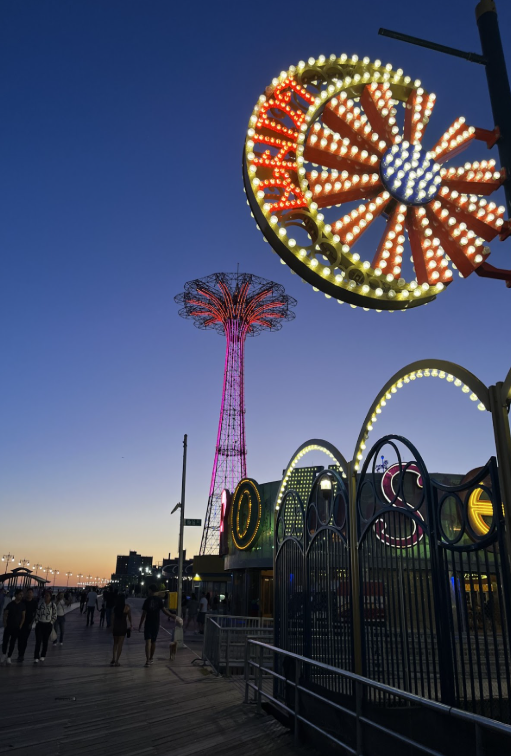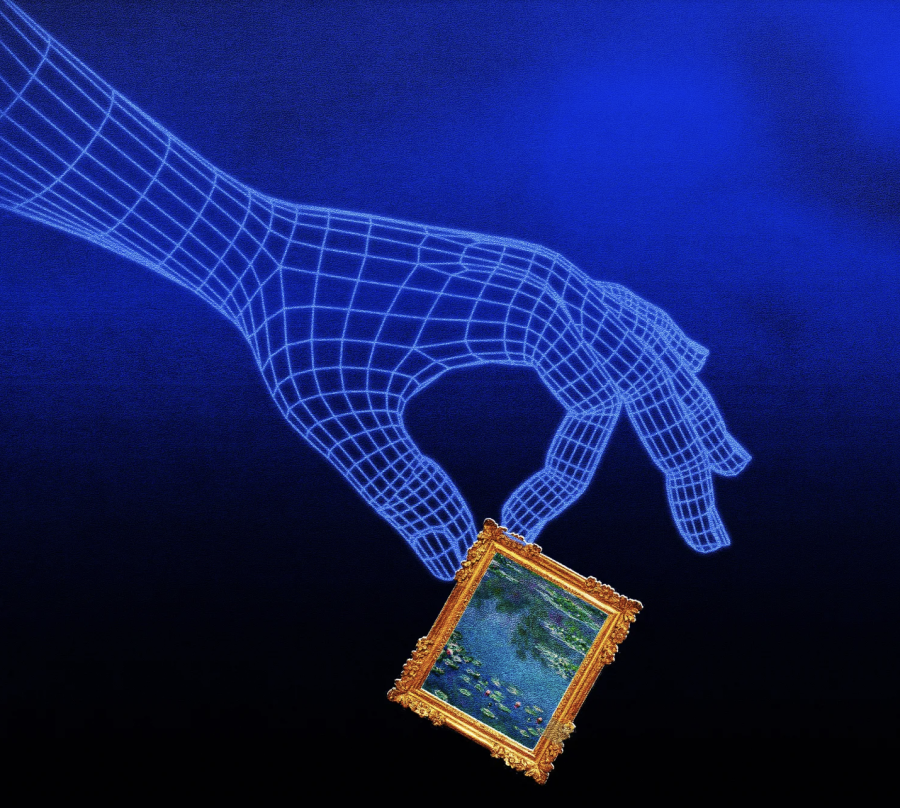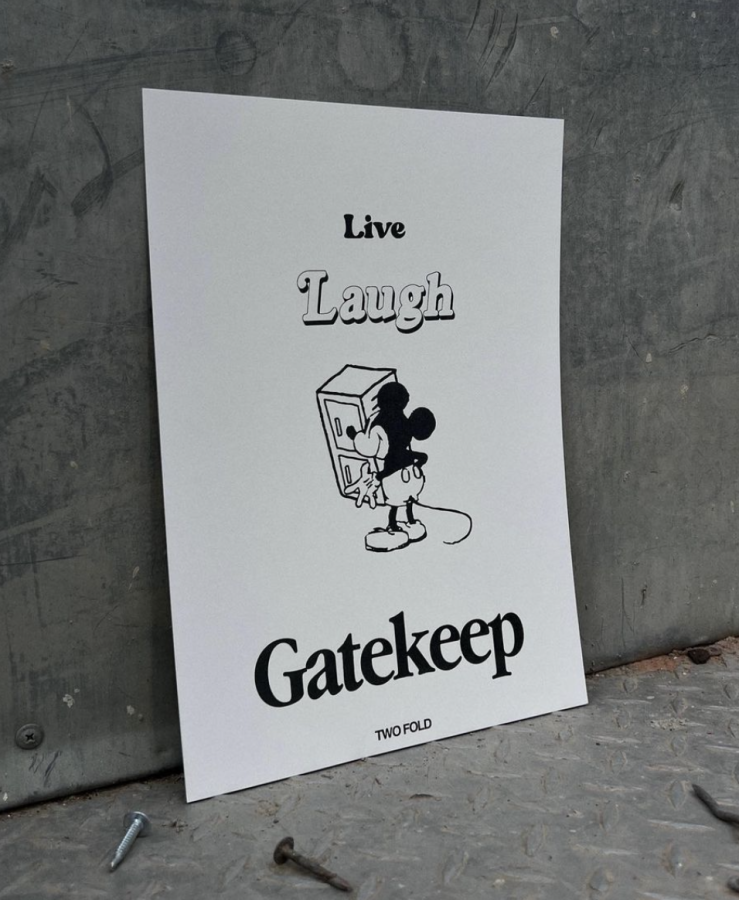With advancements in technology on the rise, museums have evolved to appeal to a larger audience by expanding their reach into contemporary exhibits. They are now being designed to prioritize a kinetic experience that will have a lasting effect on museum-goers, while still staying true to the essence of what a museum is meant to achieve—the preservation of accomplishments due to the human race in science, art, and history.
Museum exhibits are traditionally formatted as galleries that visitors walk through, displaying artwork or artifacts with their corresponding placards that list the item’s history and information. Classic museums such as The Louvre in Paris and The Metropolitan Museum of Art in New York City have popularized this form of exhibit.
Recently however, there have been a number of new museums and exhibits that focus on experience. Spyscape, The Museum of Sex, and even pop-ups such as The Museum of Illusions and Dream Machine cater to the digital age by placing an emphasis on stimulating museum-goers through interactive exhibits and photogenic rooms.
Spyscape is an interactive museum in New York City that opened in early 2018. It showcases the history of spy work and secret intelligence through immersive challenges and exhibits. The museum allows visitors to dodge lasers, decode and encrypt messages, learn the art of interrogation, and even get profiled to see what kind of spy they would be, depending on their performance in the various challenges. Additionally, there are a number of artifacts on display such as an enigma machine used by the Germans in World War II, and masks used and signed by the online hacker group “Anonymous.”
The Museum of Illusions pop-up opened in New York earlier this month. It is not only Instagram-friendly, but also educational as it teaches its visitors about the art of perspective in an interactive way. The museum features a number of different rooms filled with optical illusions and puzzles. Visitors are encouraged to touch exhibits and take lots of photos in rooms such as the Tilted Room, Infinity Room, Ames Room, and the Rotated Room.
The presence of technology can be seen increasingly more in the traditional gallery-style museums as well. Most museums today offer headphone tours and sometimes even apps that guide the visitor through the different exhibits in the museum, providing information about specific objects as if they were on a guided tour. For example, at The Louvre, visitors are given the option to use a Nintendo DS programmed to both guide them through different paths throughout the museum through touch screen, and also to give backstory and information through its audio feature.
Technology has revolutionized the way that museums function. It encourages museum-goers to truly immerse themselves into the history and artwork they see, so that they will remember the experience even after they leave the exhibit.













